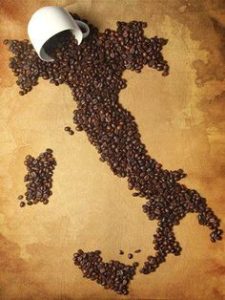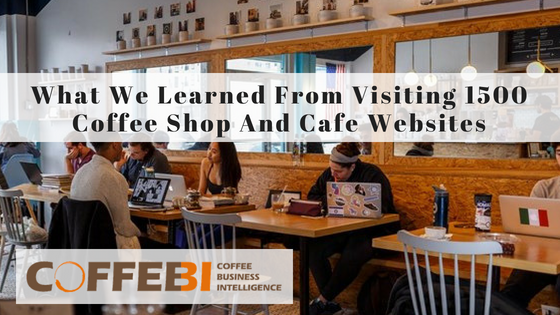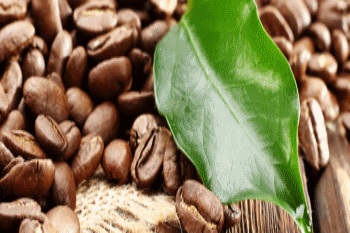Italian espresso: price and pains
MILAN – The value of a cup of coffee is the result of a sum of specific costs. According the Italian magazine BarGiornale, basing on the data of FIPE (Italian Federation of Public Restaurants and food outlets), in Italy the price the end consumer pays is seven times higher than the first cost, which is, for the trader, 0,02 euro. The cost reaches 0,14 euro for the roaster, up to 0,96 euro for the end consumer, with a nine time increase. Nevertheless, the profit for the bar owner is not very profitable. If we take into account manpower, renting, facilities and other operating costs, the gross profit of a bar owner is only 0,15 euro, multiplied by 171, the average of cups sold per day.
Recently the Fife data have showed small sign of recovery. The daily sales have increased from 171 to 175 cups and the average price has increased from 0.94 to 0,96, with a peak of 1.07 euro in Bologna, Rovigo, Ferrara and Bolzano.
The higher consumption is in the lunch bars (220 cups per day) followed by morning bars (202) and non-specialized bars (200). Breakfast is the most important moment of a day for consumers: 92,7 % has it in coffee bars and 58,3% in pastry bars. In these premises 73,5% of consumers take a beverage (coffee, milk, cappuccino, tea) and something to eat, and 18,8% just a coffee.
That is why bar owners tend not to sell coffee below cost, even if the price of espresso in Italy is much lower than in other European countries.
BarGiornale points out as people could think that selling double the quantity of coffee at half its price (e.g. espresso at 50 cents instead of 1 euro) is enough to get margins, but this is not true. 560 espressos (4 kilos of coffee), give a gross profit of € 204 (the number of coffees multiplied per one coffee at 50 cents less the cost of the coffee). Then we have to deduct the electricity costs for the operation of the espresso machines, the coffee grinder and the dishwasher costs, a higher consumption of water and maybe more manpower at the counter. And if we consider the low incidence of coffee cost, pointing on cheap espresso blends to promote low cost coffee would not give positive results.



